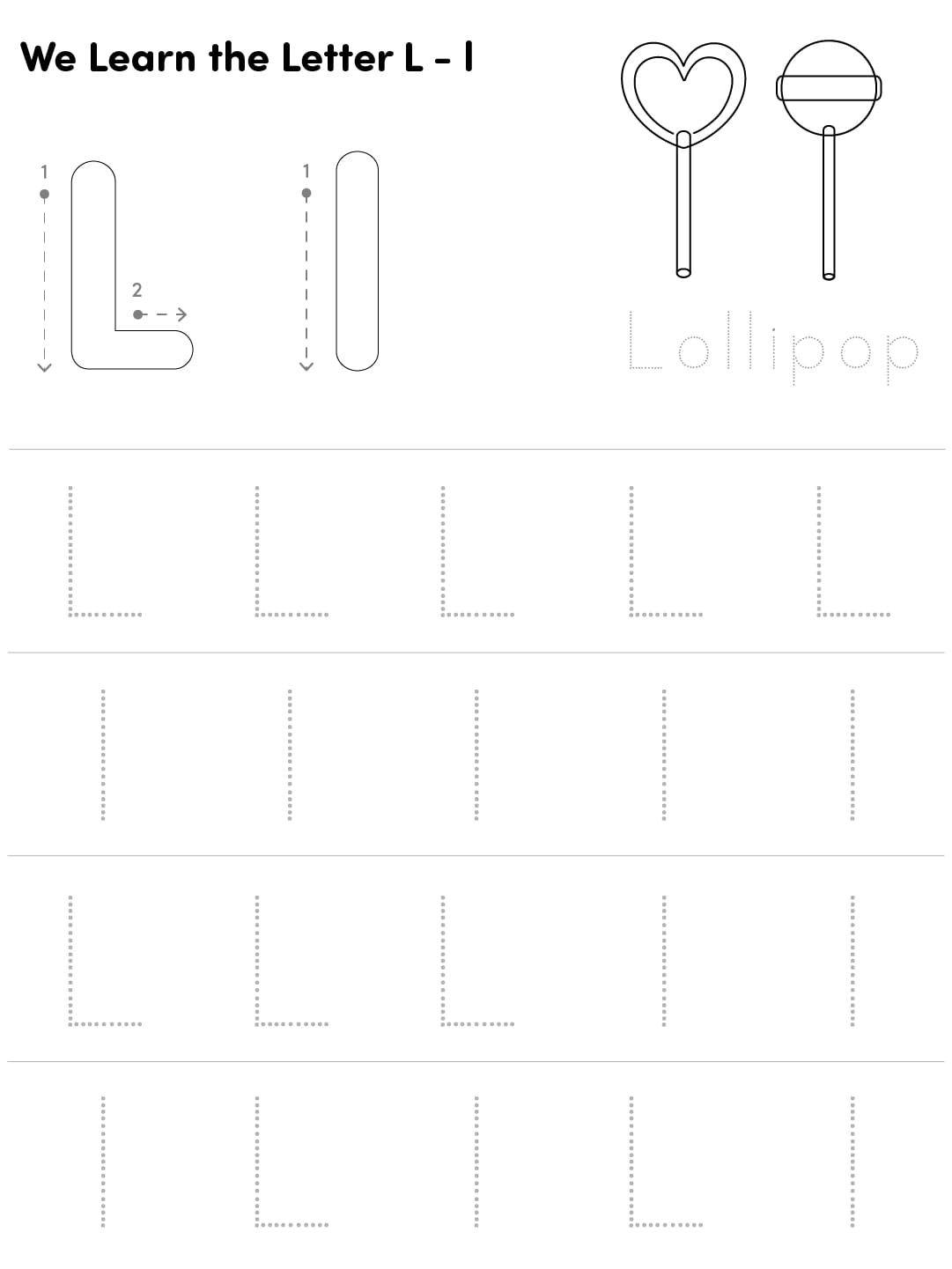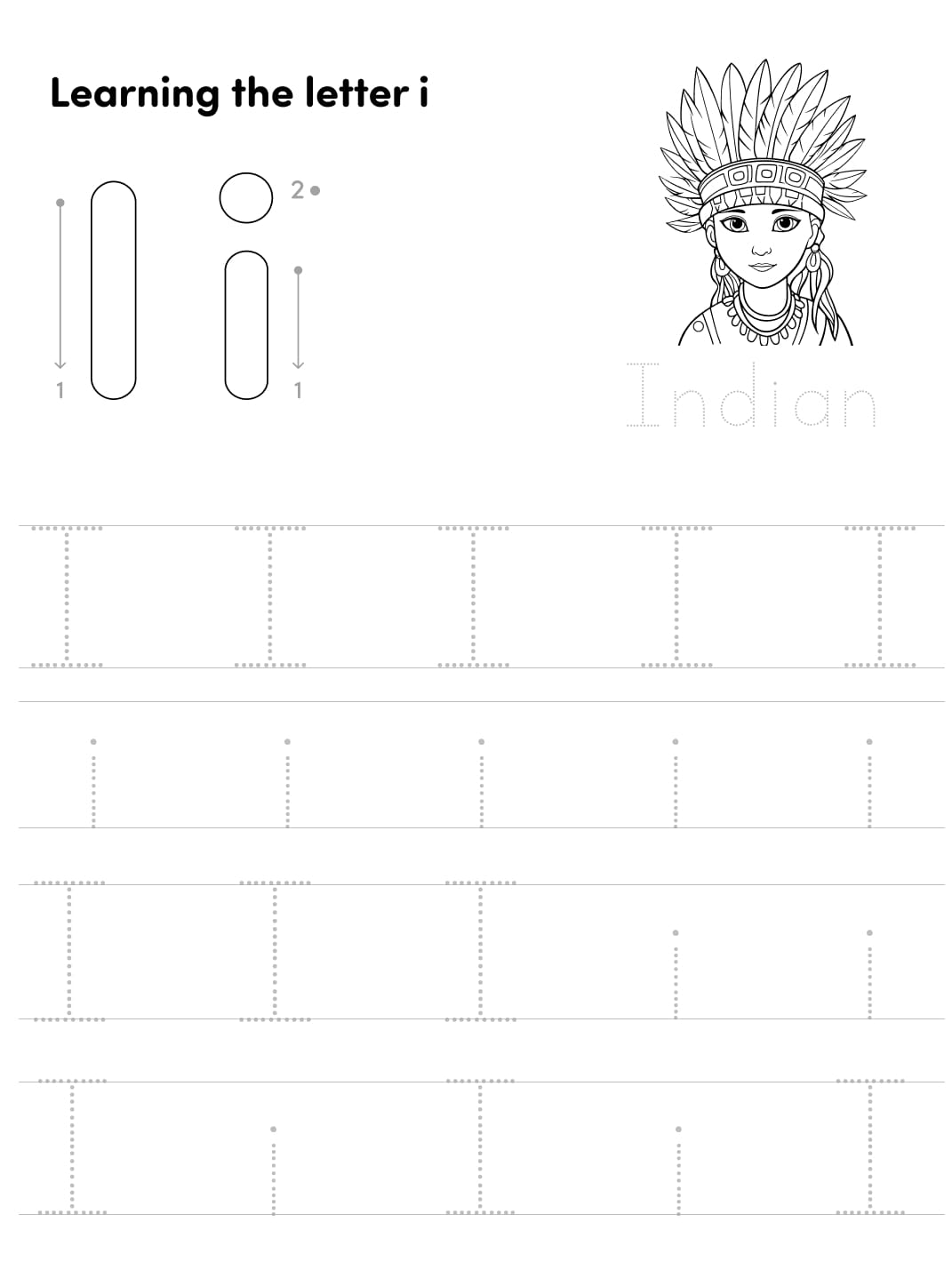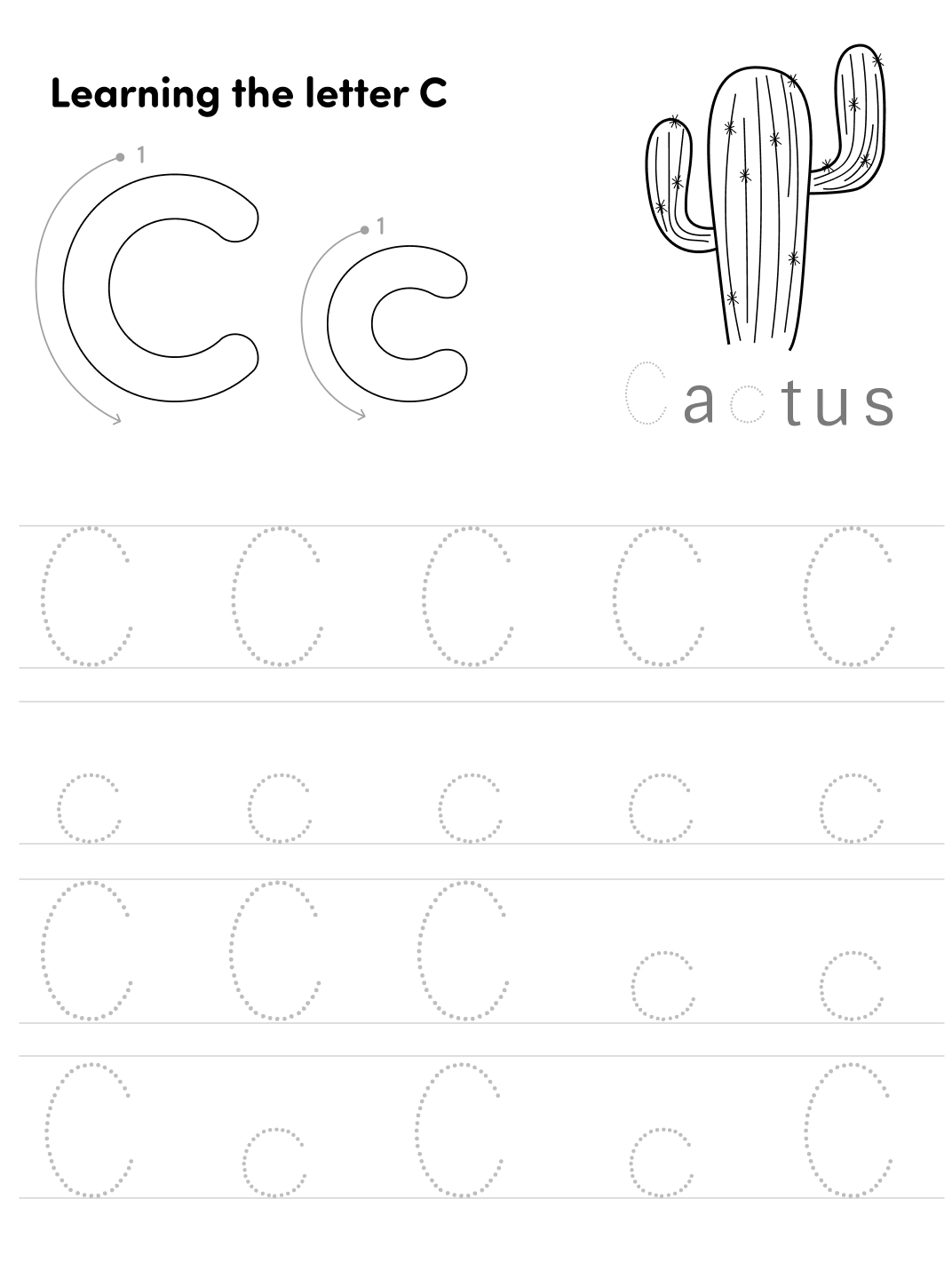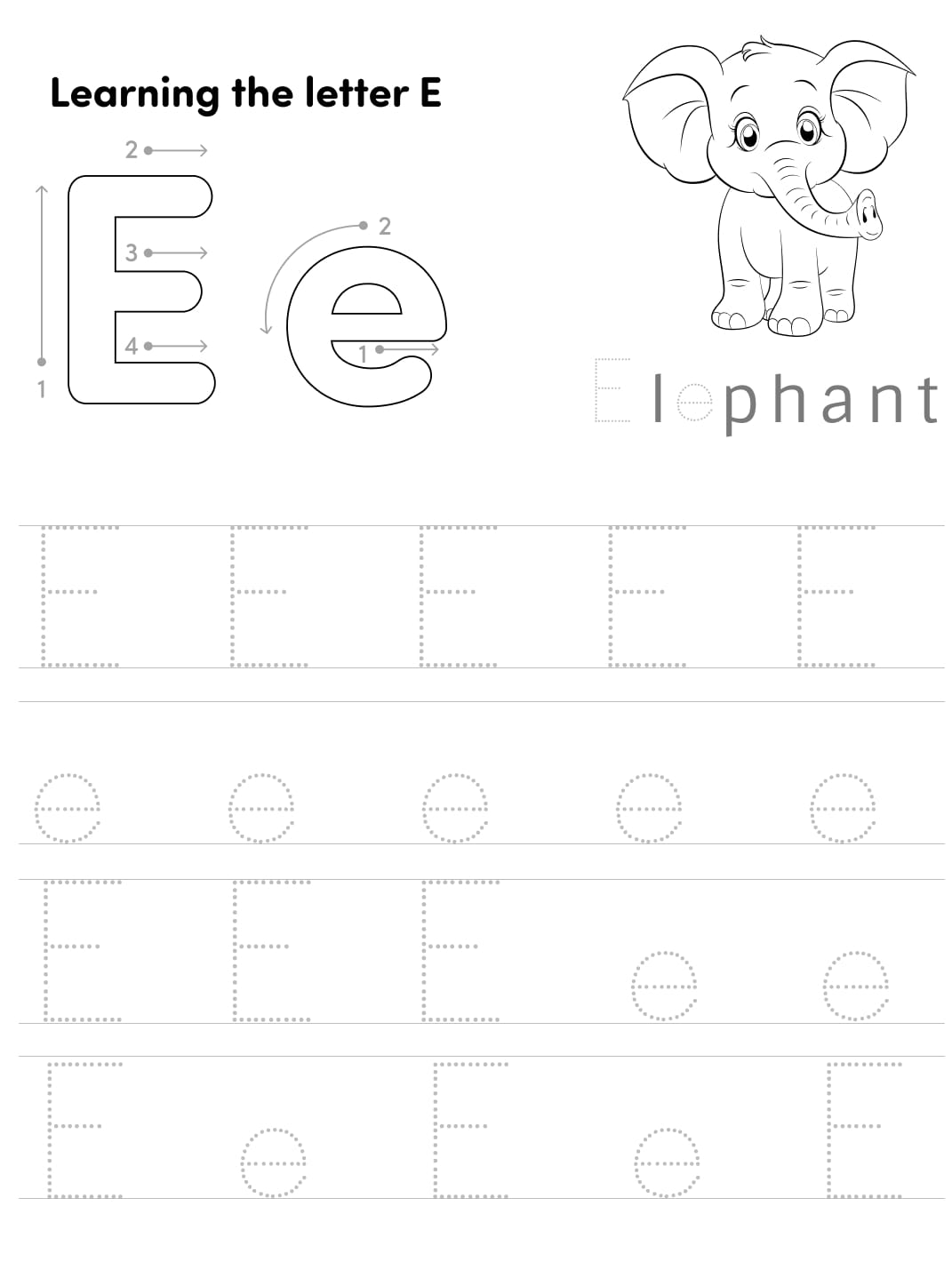We know that sometimes tracing letters can be a little challenging, but with this worksheet, we’ll turn it into an adventure!
This worksheet focuses on learning to trace the letter G (uppercase and lowercase). A sequenced model for tracing G and g is presented using numbers that indicate the direction, and dotted lines are provided for repetitive practice.
The word “Gadget” has been intentionally included, as it contains both the uppercase G and the lowercase g, facilitating the visual association of both forms within the same context.










